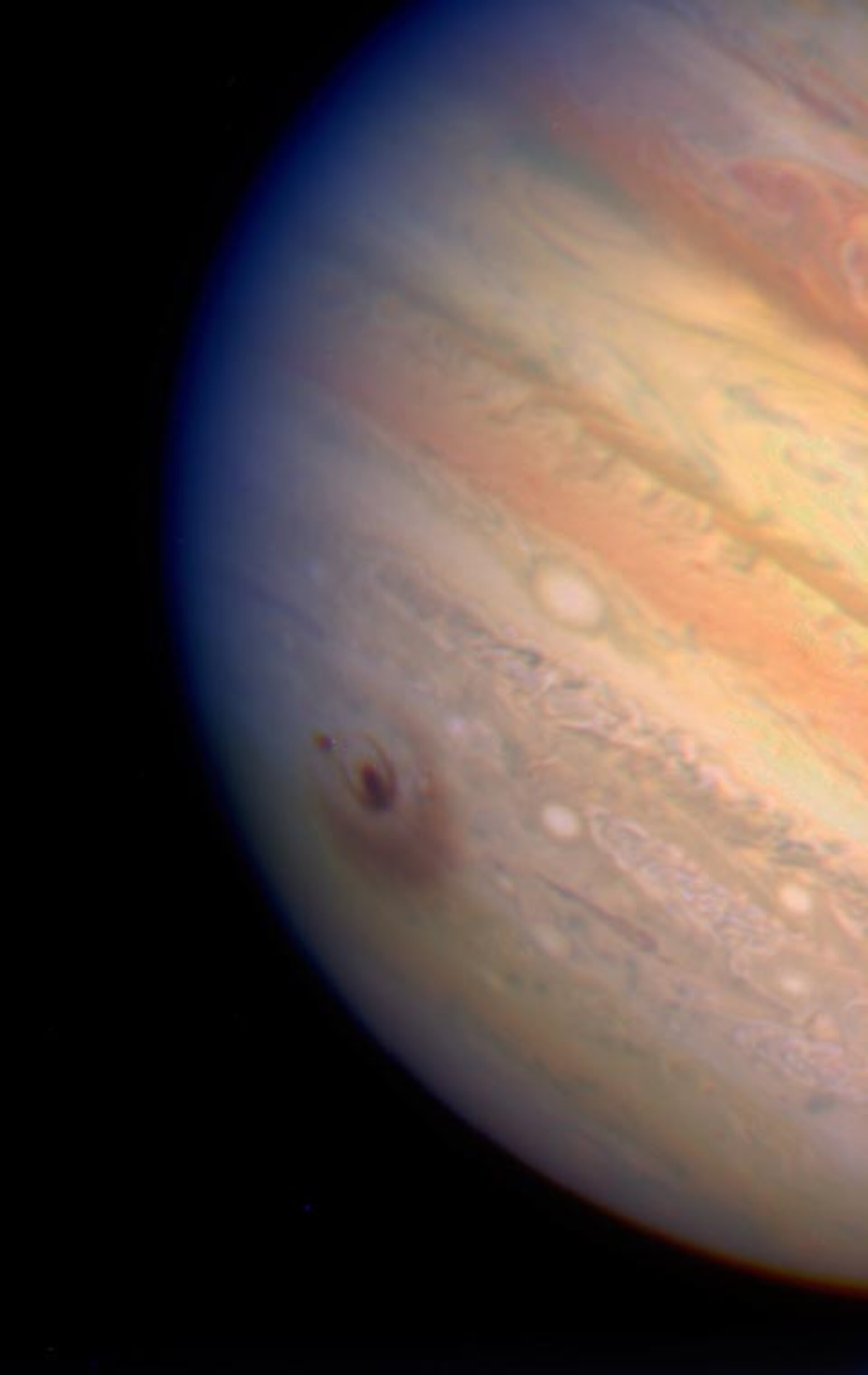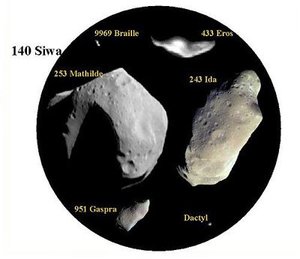See where comet hit Jupiter in 1994
This true colour image of Jupiter, taken by the NASA/ESA Hubble Space Telescope in 1994, reveals the impact sites of fragments 'D' and 'G' from Comet Shoemaker-Levy 9. This was the first-ever observed collision between two objects in our Solar System.
The small black spot to the left is the impact site of fragment D which struck Jupiter before fragment G. The thin ring measures about half the diameter of the Earth. The broad horseshoe-shaped feature appears to be resettling debris. This dark material is either from the comet itself or from the lower levels of Jupiter's atmosphere.
Even though hundreds of small comets are spotted every year, the chances of one hitting the Earth are very small. Most are drawn towards the Sun by its large gravitational attraction. They are called 'sungrazer' comets and they burn up completely in the Sun's hot atmosphere.
The ESA/NASA sun-watching spacecraft SOHO has become the most prolific discoverer of comets in the history of astronomy. With its LASCO instrument, originally designed for seeing outbursts from the Sun, SOHO can monitor a large volume of surrounding space, and it is now a vital tool for ESA in the study of comets.






